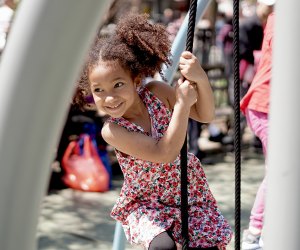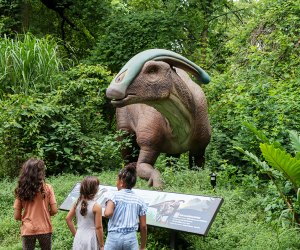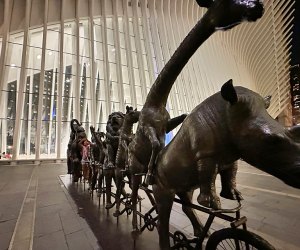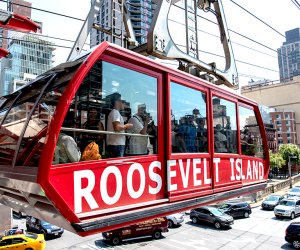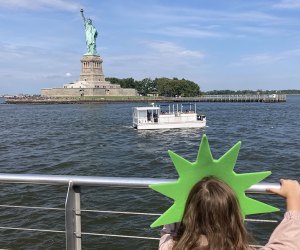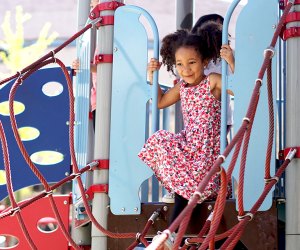Live Christmas Tree vs. Artificial Christmas Tree: Which One is Better for the Earth?
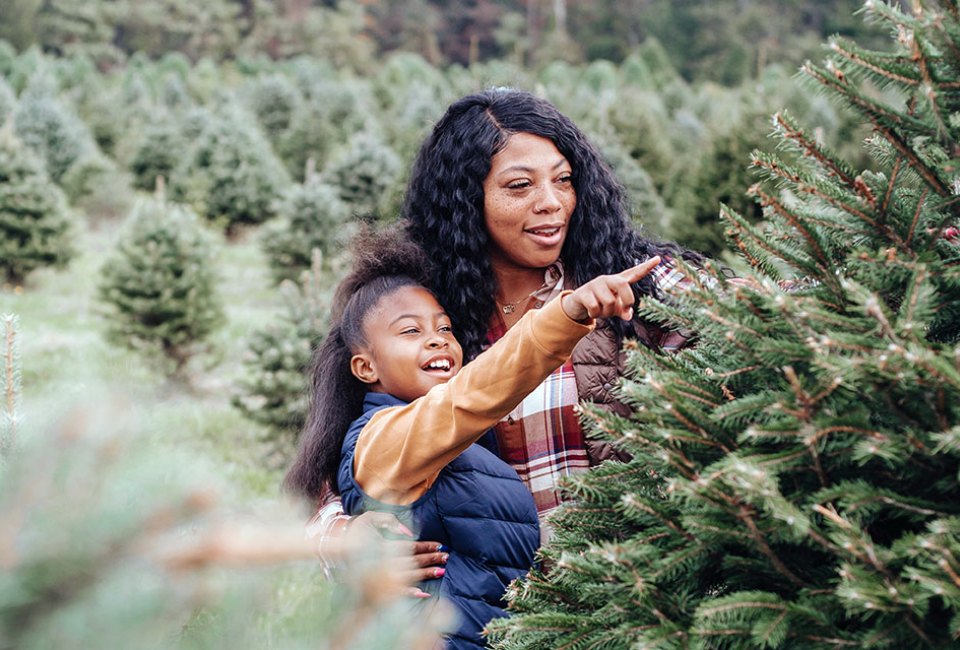
Every Black Friday, I shoo my kids into the basement, climb the ladder to the attic, and extract our 45-pound artificial Christmas tree. Come January 6, I cram the branches back into the straining box while the kids cry about Christmas being over, then push the box back up the ladder. And every year I wonder if I'm actually helping the environment as I thought by reusing my artificial Christmas tree—or if chopping down a living, breathing Christmas tree would actually be more earth-friendly.
I decided to investigate, and the answer may surprise you... Read on to find out which option is better for our planet, plus get tips on picking the perfect Christmas tree for your family.
For more ways to help save the planet this holiday season and all year long, check out our Earth Kids Guide, and sign up for our Earth Kids newsletter.
OUR LATEST VIDEOS
Drumroll, Please...
It's actually more environmentally friendly to cut down a live Christmas tree each year than to use an artificial Christmas tree! To me, this seems totally counterintuitive. But there are many reasons why enjoying the fresh piney scent of a live Christmas tree is better for the Earth than putting up an artificial Christmas tree.
5 Reasons That a Live Christmas Tree is More Earth-Friendly
1. A live Christmas tree uses fewer resources
It takes many more resources to make and ship an artificial Christmas tree. According to OneTreePlanted.org, producing and transporting one fake tree has a carbon footprint of about 88 pounds—about 10 times the carbon footprint of a live Christmas tree.
2. Materials in an artificial Christmas tree can harm the Earth
Most fake trees are made of PVC (polyvinyl chloride) or PE (polyethylene), which don't biodegrade quickly. Once it's in a landfill, an artificial Christmas tree takes 500 years to decompose, while a live Christmas tree turned into mulch breaks down in about six months.
3. Shipping an artificial Christmas tree uses fuel
Many artificial trees are shipped to the US from abroad, so emissions associated with transportation are much higher. In fact, about 90 percent of fake Christmas trees are shipped from China—that takes a lot of fuel to get to a store or your front door!
4. Live trees clean the air
Christmas tree farmers keep their land forested to sell more trees in future years, so there are more trees growing and cleaning the air year-round. The Nature Conservancy notes that Christmas tree farmers plant one to three seedlings for every tree that is cut to become a Christmas tree. Only about 10 percent of Christmas tree stock is used each year, so millions of trees are growing right now to become Christmas trees later.
5. A live Christmas tree can be reused
Real trees are recyclable and are reused as mulch or for other purposes. Some trees are tossed into lakes to make habitats for fish, while others go to local dunes habitats for birds to make nests in or out of.
RELATED: Recycle Holiday Cards into Bookmarks

An artificial Christmas tree can be easier—and safer—when you have small children. Photo by Ksenia Chernaya via Pexels
What If You Still Want an Artificial Christmas Tree?
We get it—real trees aren't, well, realistic for everybody. If you have infants and toddlers, the shedding needles and potential fire hazard can be overwhelming. And maybe you already have an artificial Christmas tree. If so, keep it! If you use your tree for 10 years or more, you'll start to balance out the extra resources from cutting down a tree every year. And when you do get rid of the fake tree, make sure to donate it or give it away—college students and young adults often appreciate a free, gently used tree.
Another Option: Rental Christmas Trees
Rental trees are a third option that's been popping up. In some areas of the country (primarily California and New York), vendors are renting live Christmas trees—complete with potted root balls—to families. After the holiday season is over, the trees are returned to nurseries where they continue to grow and offset carbon emissions.
In New York, some businesses are even renting out artificial Christmas trees. That means families don't have to store a tree, and the trees can be cared for properly and (hopefully) last longer than in an average home. These options also offer advantages for families hoping to save some of the environmental inefficiency of Christmas trees.
RELATED: Make Salt Dough Ornaments for Your Tree
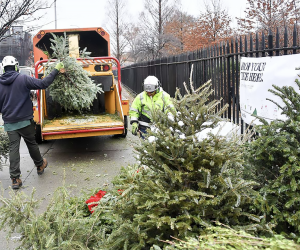
Recycle your live Christmas tree at the end of the holiday season. Photo by Photo by Daniel Avila/NYC Parks Department
Choosing the Perfect Christmas Tree
Not all Christmas trees—real or artificial—are created equal. If you're going with a live tree, it's best to buy it from a local Christmas tree farm so you don't use a lot of resources (read: gas) getting to and from the farm, and you'll be supporting a small business that is planting more trees in your area. Going to the Christmas tree farm is also a great way to get kids involved in the tree selection process.
If you choose to buy an artificial Christmas tree, look for one made of recycled or non-plastic components. You can also try to buy one that's not shipped from overseas to reduce the amount of emissions created in its transport. Kids may like the artsy look of a wooden tree, or the cute furry fuzz of a pampas grass tree. You can also choose to decorate your tree with non-plastic and environmentally friendly elements. String some popcorn or cranberries up instead of using tinsel, and compost them at the end of the season. Or have your kids make upcycled crafts from cardboard boxes, paper tubes, or old wrapping paper to avoid buying more plastic ornaments.
Another important thing to remember is that your Christmas tree is far from the most impactful decision that you can make to save the environment. Reducing your fossil fuel use by flying or driving less, conserving water, and cutting back on food waste are all more efficient ways to save the Earth.








